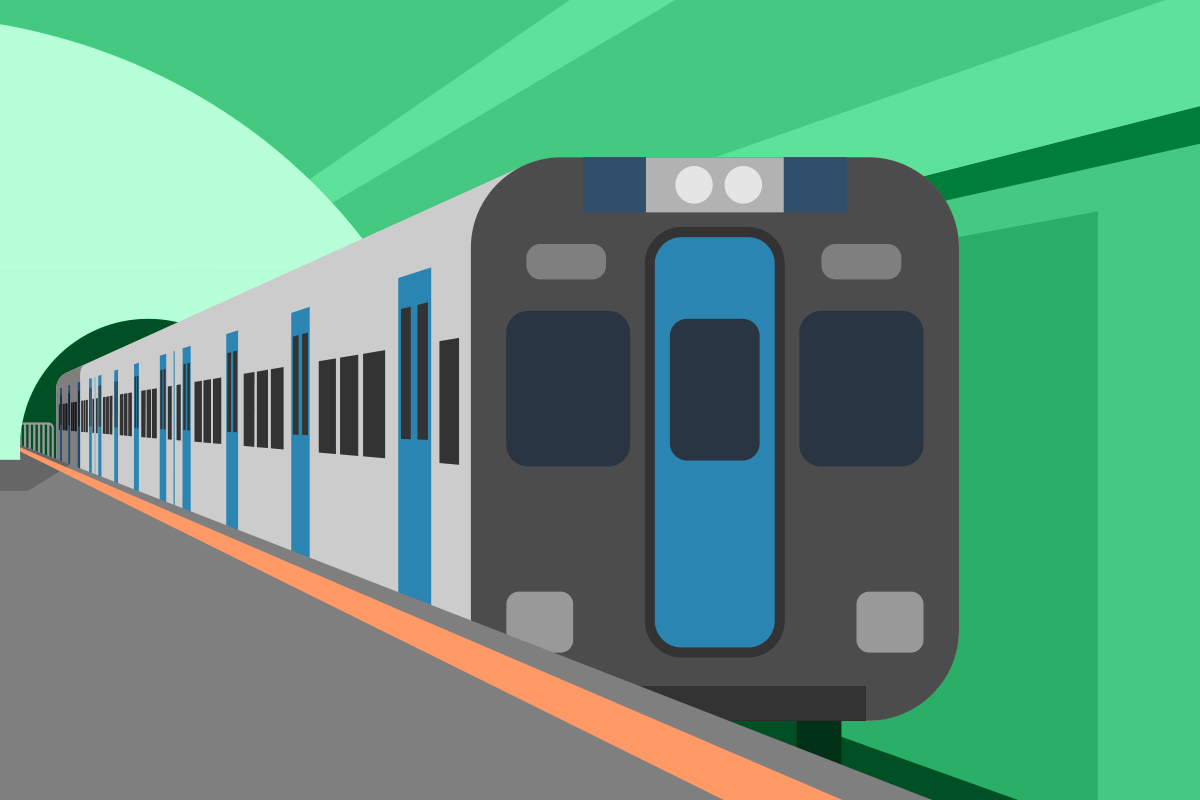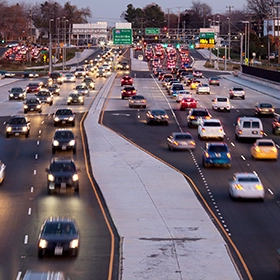Home » News & Resources » Accessibility Commuter Rail » Commuter Rail and Its Advantages

Commuter Rail and Its Advantages
Commuter Rail is a passenger transport service that connects their riders to major cities and suburban areas. These systems use electric or diesel trains; and fare price can vary depending on zone.
Commuter Rail and Its Advantages
Published: 03/07/2022

Commuter Rail can be defined as a passenger transport service that connects their riders to major cities and suburban areas. These systems use electric or diesel trains; and fare price can vary depending on zone.
Usually, this transportation system operates mostly during peak times; and have light service around off-peak times.
An Array of Possibilities
Commuter rail allows riders to travel from a different city, or even state to work. For example, someone living in Maryland can take a rail to Washington DC, or even the state of Virginia, broadening their opportunities to a great job. In addition, it gives them access to visit family and friends, or visit new places without the cost of gasoline, and wait times if there's traffic.
Rail system opens more possibilities for riders in terms of career, business and accessibility to visit and live in adjacent cities; allowing them to find more affordable housing as they can rely on commuter rail to ride to work.
Commuter Rail Can Lessen Traffic
Then, there's traffic. According to an analysis made by the Texas A&M Transportation Institute, commuters spend an average of 42 hours per year sitting in rush hour traffic; and this number increases in highly populated cities such as New York. Riders save time, money and they might find extra time to listen to a podcast, read a book or even take a small nap, especially on the way home.
Many companies offer commuter benefits, where they pay some, or all expenses for commuting; which is an enticing way to use public transit over using their personal vehicle to commute to work.
Safety and Earth Friendly
Rail transportation is considered the safest form of transit, and also can help the environment by reducing carbon footprint of the commuters. This helps many riders change from driving to work, to using commuter rail, with ease.
Categories
Public TransitTransit Ridership
Mask Mandate
Commuters/Commuting
Transit Display/Digital Signage
Accessibility Commuter Rail
Recent Posts

Washington DC Traffic Ranked Second Worst in the US
Traffic can be a daily nuisance. It’s a daily challenge that people commuting need to go through morning and afternoon. It causes stress, hinders the environment and even costs more than using public transportation.

Congestion Pricing as a Solution for Traffic
Congestion pricing is a way to increase prices without increasing supply. Â This concept is not only used in the transportation industry. Utilities such as electricity varies their prices depending on demand; such as time of day or season of the year.